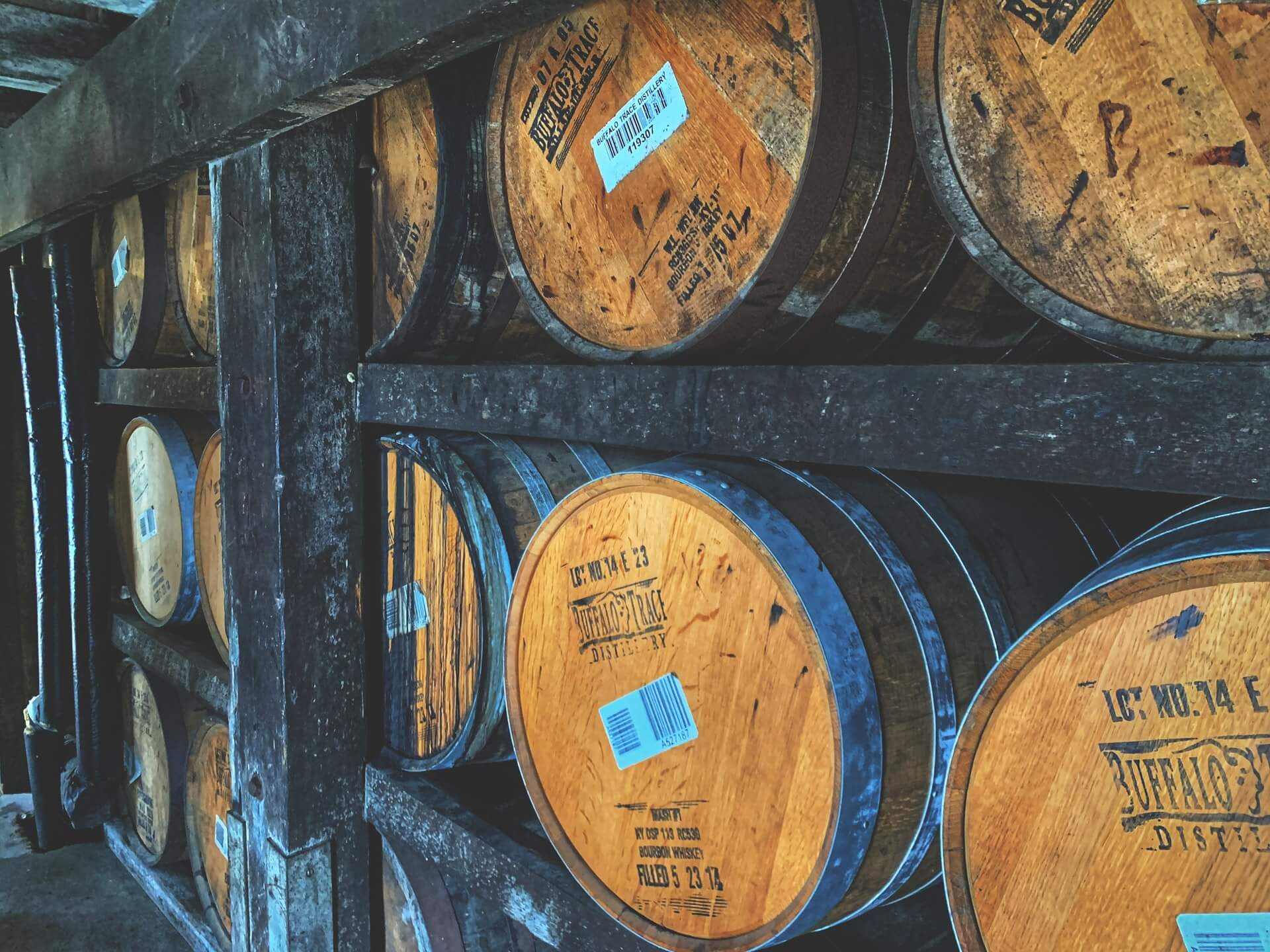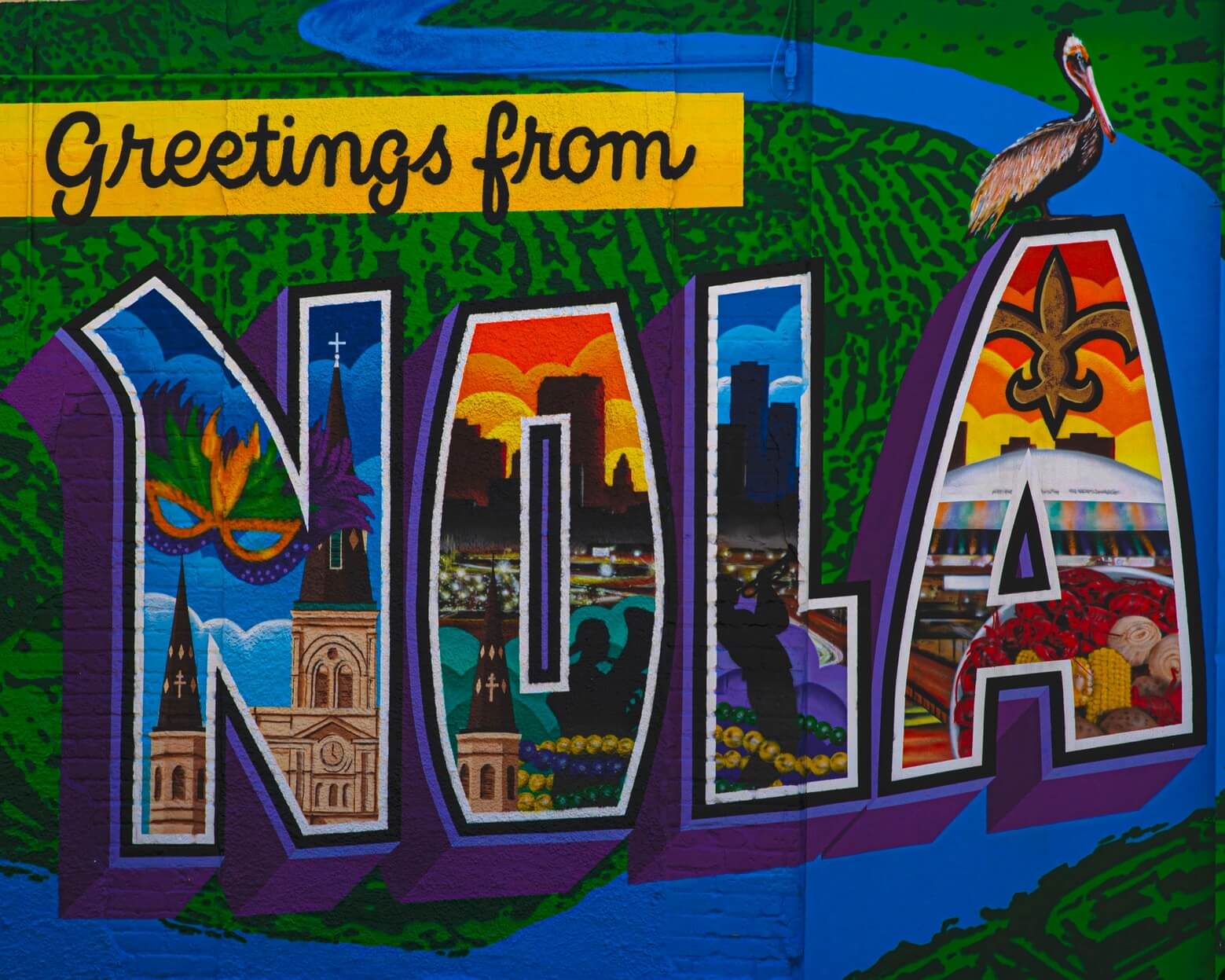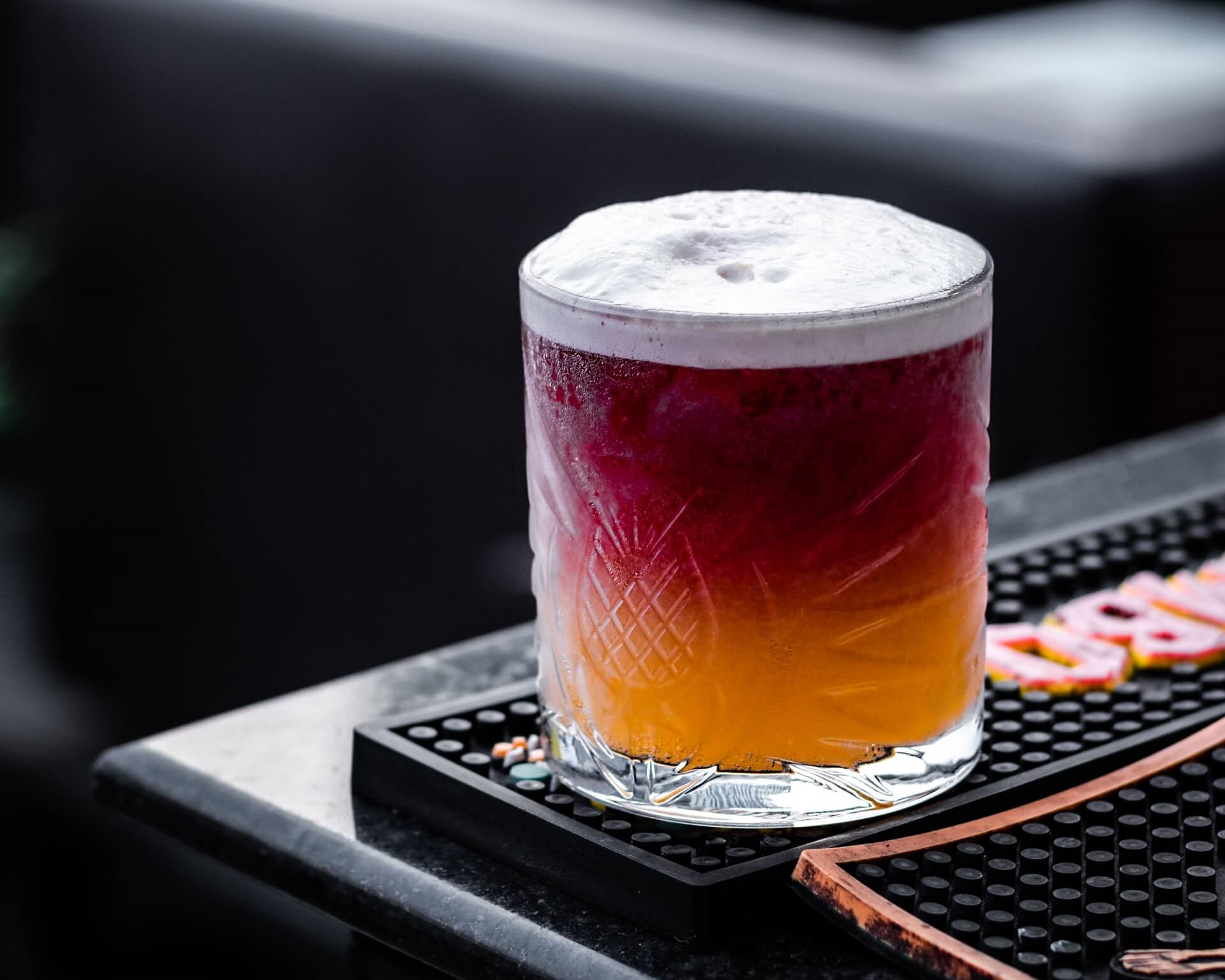8 Bottles for Bourbon Day
by David Klemt

Next week, June 14, is National Bourbon Day, the day America celebrates the country’s “native” spirit.
Clearly, that means one thing: Make sure your promotion catches the eye of the whiskey aficionados, bourbon lovers, and bourbon curious among your guests.
One of the most effective ways to boost traffic on National Bourbon Day is deceptively simple. Simply put, add new bourbon releases to your inventory.
Of course, you should also ensure you have enough of what your regulars normally drink on hand. And let’s not neglect your bourbon cocktails.
First Things First
When deciding what to feature on your promotional or LTO menus, there’s a smart and simple first step to take.
You probably already know what I’m going to suggest: Run reports.
What are your top-selling bourbons? Which are more burden than bourbon, collecting dust in your inventory?
Introduce new bourbons recently? How are they selling?
Then there’s the cocktail menu. Do you know which cocktails are your guest favorites and which they’re not ordering? Are any of these bourbon cocktails?
So, don’t just jump into National Bourbon Day by guessing or assuming what bottles and cocktails to promote. Instead, leverage the power of your POS and run reports. Put hard data behind your promotions, always.
Of course, that’s not your only resource. Curious about what your guests would like to see on the menu and back bar? Ask your bar team.
New Releases
Now, this may come as a shocker: People want to try what’s new. Yeah, I know—hot take.
So, if people want the new thing, give ’em what they want. Below you’ll find some bottles worth asking your reps about for National Bourbon Day.
Obviously, you should ensure you have plenty of the standards on hand. And be cautious about just how much new bourbon you bring in. After all, you don’t have data on how they’ll perform yet.
That said, here are some bottles worth considering.
Basil Hayden Subtle Smoke
Far too often, “smoky” on a label means “tastes like you’re drinking a campfire.” Of course, some of us are into that, depending on our mood or personal tastes.
However, some guests aren’t into smoke bombs. Basil Hayden Subtle Smoke delivers what’s on the label: their high-rye Kentucky bourbon with smoke notes that aren’t overwhelming.
Ben Holladay
Don’t freak out after you read the following sentence. Not all bourbon comes from Kentucky.
Of course, you and your team probably know that. And I’m sure we all think that by now, people know a whiskey doesn’t need to come from Kentucky to be bourbon. However, there are still people who think otherwise.
Educate them with bottled-in-bond Ben Holladay, crafted in Missouri. It’s an interesting bottle labeled Real Missouri Bourbon. According to laws enacted in 2019 and 2020, for a whiskey to earn that designation the producer must:
- mash, ferment, distill, age, and bottle in Missouri;
- age in oak barrels made in Missouri; and
- be made with corn grown in Missouri.
Bottled-in-bond and Real Missouri Bourbon. This bottle should get your guests’ attention.
Blood Oath Pact No. 8
When it comes to bourbon releases, Blood Oath Pacts are always big news. Blood Oath Pact No. 8 should be a welcome addition by the bourbon lovers among your guests.
For this release, Lux Row Distillers combined a a 14-year ryed bourbon, an 11-year ryed bourbon, and an 8-year ryed bourbon finished in Calvados casks.
OKI Reserve
The OKI story goes that two entrepreneurs in Ohio, Chad Brizendine and Jake Warm, bought the brand from New Riff Distilling two years ago.
For those wondering, OKI stands for “Ohio, Kentucky, Indiana,” the tri-state area responsible for most of the world’s bourbon. According to OKI, 99 percent of OKI Reserve is more than eight years old.
Thomas S. Moore
Alright, I’ll admit it—I count this section as four bourbons. But I have a good reason for doing so.
Thomas S. Moore is crafted by Barton 1792 and consists of four expressions: Cognac, Madeira, sherry and Merlot. Any one of these alone is worth the time and effort for a bourbon or whiskey lover to track down. However, think of the potential having two or more expressions available to taste against one another offers you and your guests.
Each Thomas S. Moore expression starts with five- or six-year-old Barton 1792 high-rye bourbon. Depending on the cask used for finishing, the bourbon is aged for another one to four years.
Image: Josh Collesano on Unsplash








